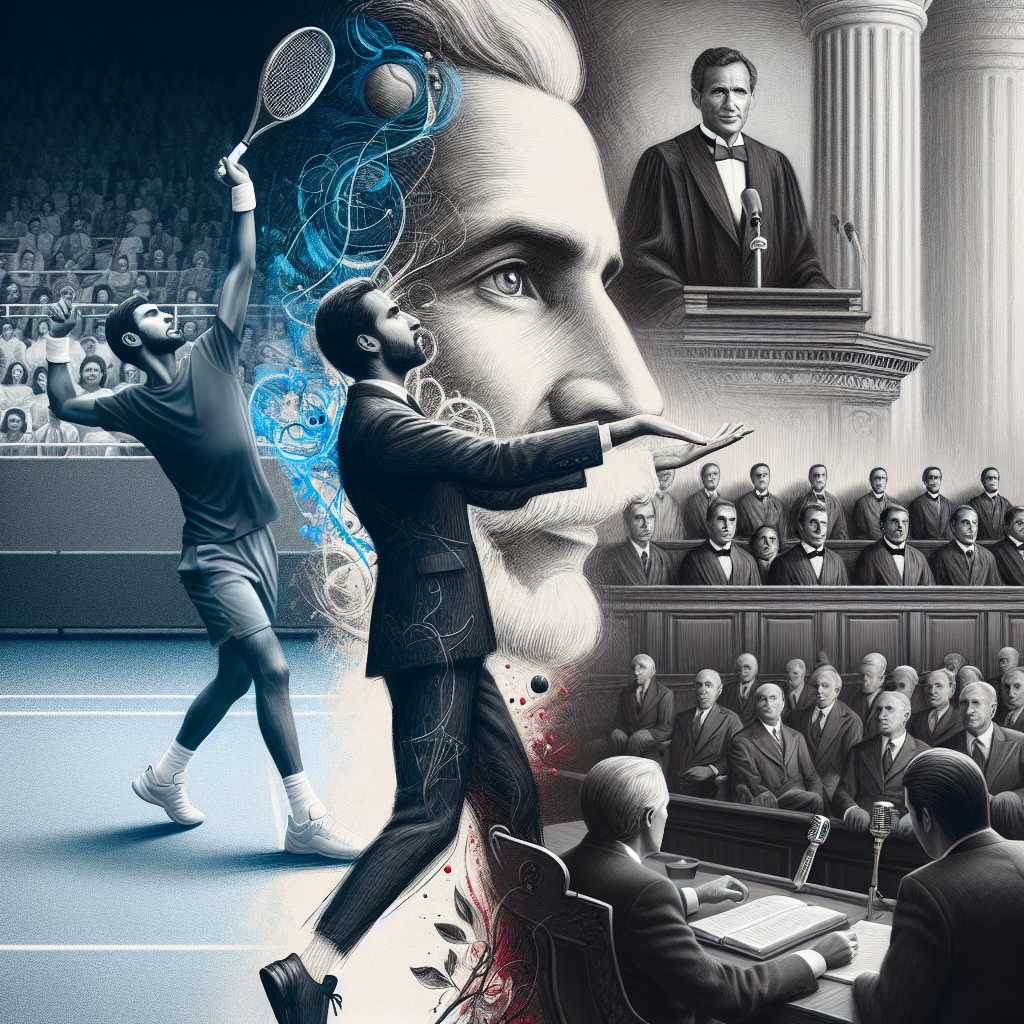The Evolution of HubSpot Blogging: From Simple Posts to Strategic Content
Since its inception, HubSpot has grown from a marketing automation tool into a comprehensive platform that supports businesses in all aspects of inbound marketing. Blogging, a core feature of HubSpot, has evolved far beyond just a place to publish articles. It now serves as a strategic hub where companies can create, optimise, and analyse content tailored to their audience’s needs. The flexibility of HubSpot blogging tools means that whether you’re a small startup or a large enterprise, the platform adapts to support your unique content strategies.
Over the years, HubSpot has integrated advanced SEO recommendations directly into its blogging interface, allowing writers and marketers to optimise posts in real-time. This hands-on SEO guidance helps businesses improve search rankings without needing extensive external tools. Moreover, the seamless integration with HubSpot’s CRM and email marketing tools means blogs can be directly tied to lead nurturing campaigns, creating a fluid buyer journey from content consumption to conversion.
In 2025, with the digital landscape becoming increasingly complex, HubSpot blogging continues to innovate by incorporating AI-powered content suggestions and automated topic clustering. These features help marketers identify trending topics and strategically organise their content, ensuring relevance and engagement over time. This evolution underscores HubSpot’s commitment to adapting blogging capabilities to meet the diverse and dynamic needs of modern businesses.
Customisation and Flexibility: Catering to Different Industries and Goals
One of the standout strengths of HubSpot blogging is its adaptability across various industries and business sizes. For example, an e-commerce brand might focus on product-led blog posts embedded with calls-to-action for sales, while a B2B SaaS company could use in-depth educational content aimed at lead generation and thought leadership. HubSpot’s modular blog editor allows marketers to customise layouts, incorporate multimedia elements, and tailor CTAs without relying on developers.
Beyond design, HubSpot provides granular control over blog categorisation and tagging, which helps companies segment content effectively. This is especially important for businesses with broad target markets or diverse product lines. Marketers can build topic clusters that cater to different buyer personas or stages in the buyer’s journey, enhancing the relevance of their content library.
Additionally, HubSpot supports multi-language blogging and region-specific customisation, making it a valuable tool for global companies. Teams can manage multiple blogs from one central dashboard while maintaining localisation nuances. This flexibility ensures that content resonates locally while maintaining consistent brand messaging worldwide.
Data-Driven Insights: Measuring Success and Refining Strategy
HubSpot blogging isn’t just about publishing content; it’s about understanding how that content performs and using data to refine strategy continuously. The platform offers robust analytics that track key metrics like page views, time on page, bounce rates, and conversion rates linked directly to blog posts. This transparency enables marketers to see which topics resonate most and which calls-to-action drive leads.
Integration with HubSpot’s CRM further enriches this data by showing how blog visitors move through the sales funnel. For instance, marketers can identify which blog posts attract high-quality leads or which ones require optimisation for better engagement. These insights empower businesses to allocate resources effectively and create more targeted content campaigns.
Furthermore, with the growing importance of personalised experiences in marketing, HubSpot blogging tools enable dynamic content personalisation based on visitor behaviour or segmentation criteria. This means the same blog post can display different CTAs or recommendations depending on who is reading it, maximising relevance and conversion potential.
Conclusion: Why HubSpot Blogging Remains a Vital Asset for Modern Marketers
In 2025, as content marketing continues to be a cornerstone of digital strategy, HubSpot blogging stands out by offering a platform that adapts fluidly to the shifting demands of businesses across sectors and scales. Its combination of user-friendly customisation, SEO integration, data-driven analytics, and personalisation capabilities makes it an indispensable tool for marketers aiming to create impactful and measurable content.
By evolving alongside market trends and technological advancements—such as AI integration and enhanced global support—HubSpot ensures its blogging platform remains relevant and effective. Whether your goal is brand awareness, lead generation, or customer retention, HubSpot blogging provides the flexibility and insights needed to succeed in today’s competitive environment.
Ultimately, businesses leveraging HubSpot’s blogging capabilities benefit not only from streamlined content creation but also from strategic alignment with broader marketing objectives—turning every blog post into a powerful asset within their inbound marketing arsenal.
Notes
- HubSpot blogs integrated with CRM see 2x higher lead conversion rates compared to standalone blogs.
- Marketers using HubSpot’s SEO tools report an average 30% increase in organic traffic within six months.
- Dynamic content personalisation via HubSpot can improve CTA click-through rates by up to 50%.
- Over 60% of companies using HubSpot blogging leverage multi-language features for global reach.



























